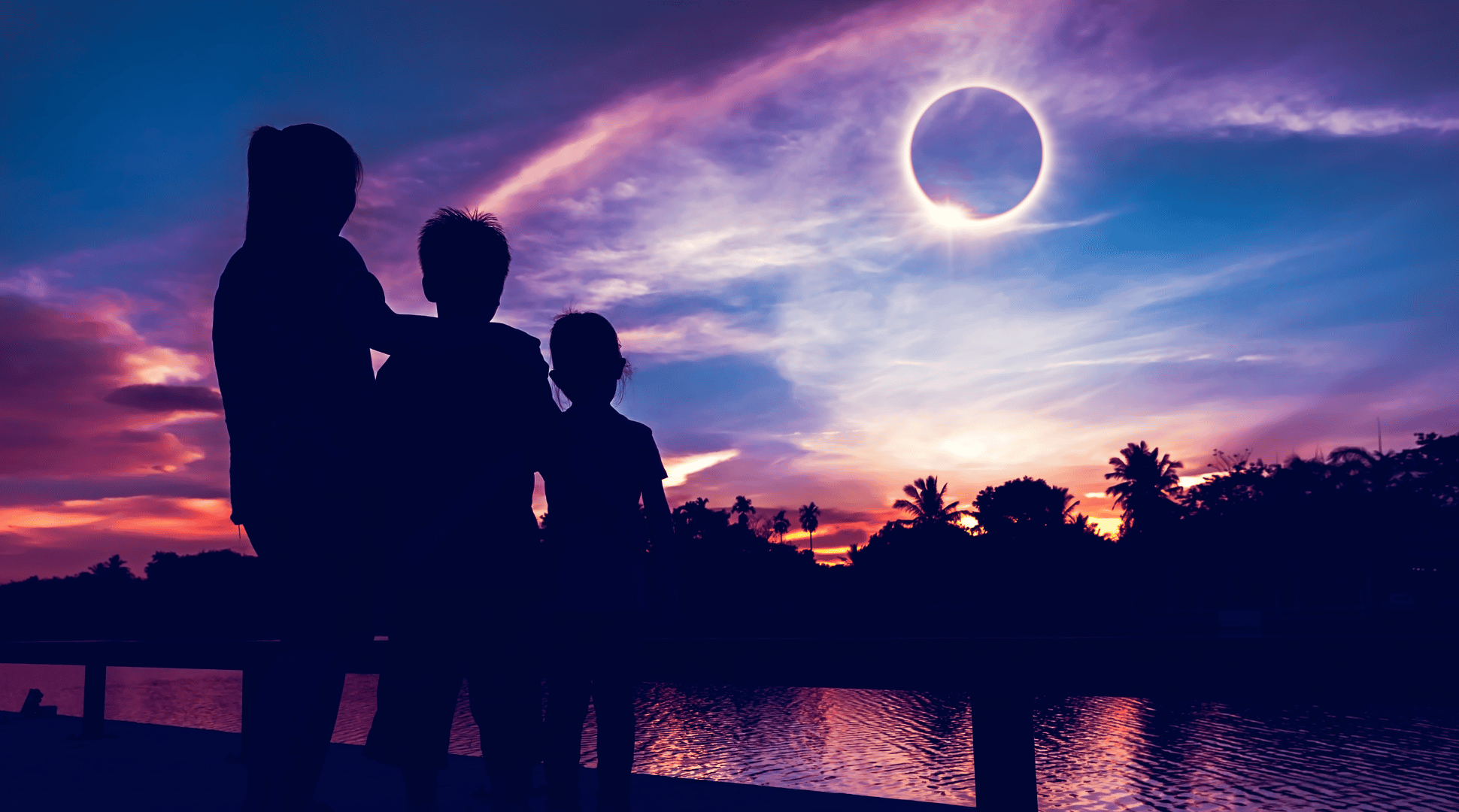By Zappa Haughton
When was the last time you truly looked at the night sky? Not a quick glance, but actually stopped and lost yourself in the vastness above? For most of us living in or near cities, light pollution has stolen something profound—the humbling sight of a sky full of stars.
Astro-tourism is bringing it back.
More Than Just Stargazing
Astro-tourism is about seeking out the darkest skies on Earth—remote deserts, dark sky reserves, isolated islands, and high-altitude locations where the Milky Way stretches across the heavens in all its glory.
But it’s more than just looking up. It encompasses witnessing spectacular celestial events—total solar eclipses that turn day into night, meteor showers streaking across the sky, and the dancing aurora borealis. It includes visiting world-class observatories, learning from astronomers, and capturing the night sky through astrophotography.
Celestial Events Worth Travelling For
Some astronomical phenomena are so spectacular they’re worth building an entire trip around. Total solar eclipses top this list—those rare moments when the moon perfectly obscures the sun, revealing the sun’s ethereal corona and plunging daytime into eerie twilight. The next major eclipse crossing mainland Europe occurs in August 2026, already generating enormous interest among travellers.
Meteor showers like the Perseids offer their own magic—best viewed from remote locations where you might see dozens of shooting stars per hour. The aurora borealis provides an entirely different spectacle: shimmering curtains of green, purple, and pink light dancing across the sky.
These aren’t just “nice to see”—they’re profound experiences that create lasting memories and often spark lifelong interest in astronomy.
Where the Sky Still Shines
Exceptional dark sky locations exist across the globe. Remote deserts—from Chile’s Atacama to Namibia’s ancient landscapes—offer some of the clearest, darkest skies on Earth. High-altitude locations reduce atmospheric interference, making them favourites for observatories and astro-tourists alike.
Designated dark sky reserves actively protect their night skies through careful lighting management. Islands far from mainland light pollution offer extraordinary stargazing combined with beautiful daytime experiences.
Many destinations enhance the experience with expert-led observation sessions, powerful telescopes revealing impossible-to-see details, and educational programmes deepening your understanding of what you’re witnessing.

Why It Resonates Now
There’s something deeply resonant about astro-tourism that speaks to our current moment. In our hyper-connected, screen-saturated world, there’s a growing hunger for experiences that ground us and remind us we’re part of something infinitely larger.
Standing beneath a truly dark sky is profoundly humbling. You see stars you didn’t know existed and realise that faint smudge is actually a galaxy containing billions of stars, millions of light-years away. It creates perspective in the most literal sense.
Astro-tourism also encourages a slower, more contemplative pace. You can’t rush the rotation of the Earth or hurry a meteor shower. You have to wait, watch, and be present—no notifications, no distractions, just you and an unfathomable universe.
Making It Happen
Whether you’re captivated by witnessing a total solar eclipse, photographing the Milky Way over ancient landscapes, or simply rediscovering what a truly dark sky looks like, astro-tourism offers something genuinely special. It can be incorporated into broader itineraries or become the entire focus of your trip.
The key is choosing the right location, timing, and support. Dark sky locations often require careful planning around weather patterns, celestial event dates, and accommodation in remote areas—where expertise becomes invaluable.
Ready to look up? Give us a call on 01902 288104, send us a message, or book an appointment. Let’s find your perfect window to the universe, it’s been waiting for you all along!


